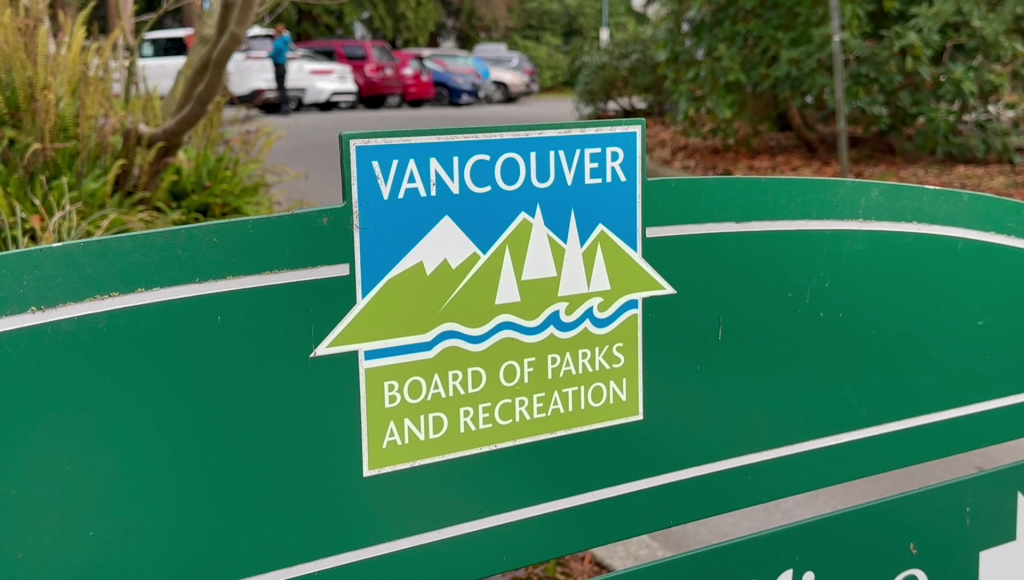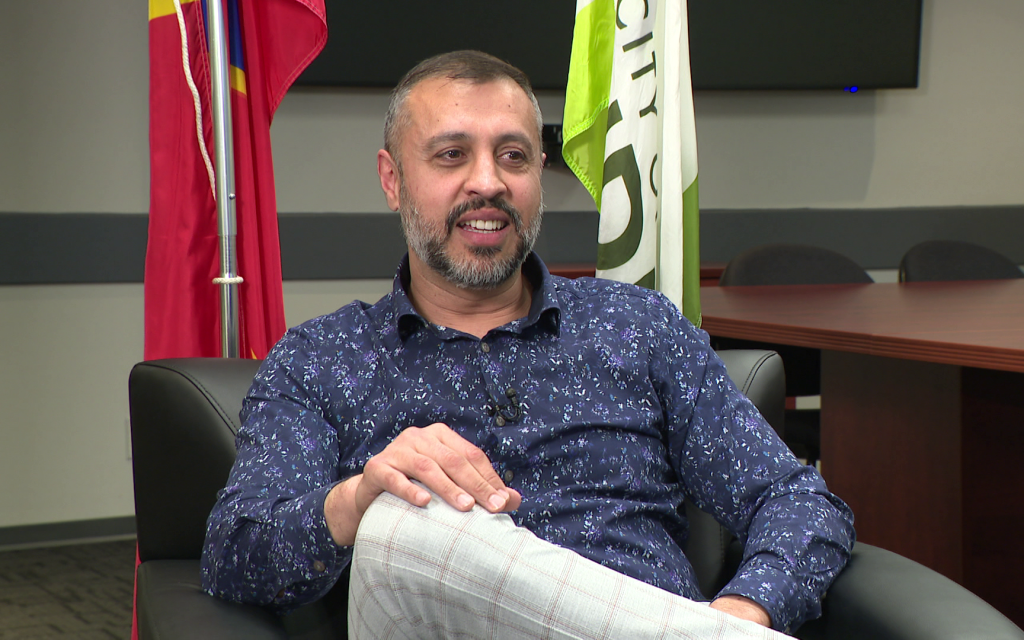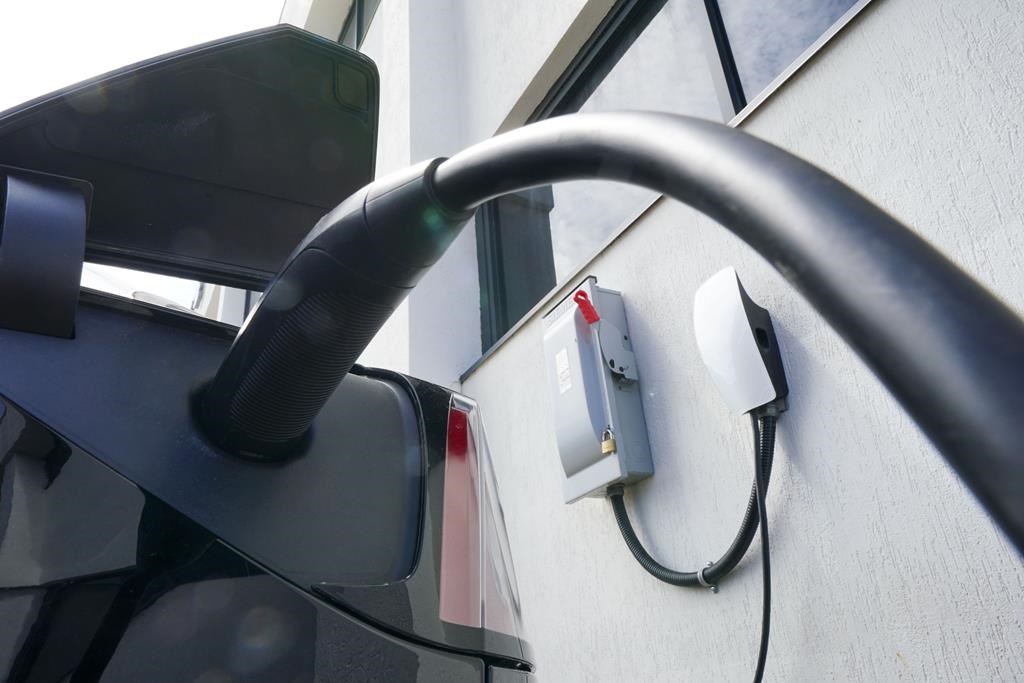Metro Vancouver Amazon workers allege pressure, discrimination
Posted January 25, 2021 2:12 pm.
Last Updated November 30, 2023 4:16 pm.
TSAWWASSEN (NEWS 1130) – When Alexis Ellis first started working at Amazon’s newest Metro Vancouver fulfillment centre on Tsawwassen First Nation land in late 2019, she says she was treated fairly – but that didn’t last long.
Within a few months of her start, Ellis says she hurt her wrist on the job and management turned over, precipitating a months-long ordeal of bullying and harassment that ended when she was wrongfully fired at the end of 2020.
“I’ve been tortured,” Elllis told NEWS 1130.
Ellis and other Metro Vancouver workers said Amazon’s high-pressure work environment takes a toll on the people behind the slick online retailer.
Amazon has previously faced criticism for its labour practices, including in 2019, when the United Food and Commercial Workers Union accused the company of firing workers who tried to unionize in Ontario. Amazon denied it had done so.
Warehouse workers elsewhere have reportedly been under so much pressure to keep up with demand that they peed in bottles because they didn’t have time to go to a bathroom.
But the e-commerce behemoth maintains it follows labour laws and makes the health and safety of its workers a priority.
Disabled trans woman alleges discrimination
Ellis, a 40-year-old transgender woman with cerebral palsy, believes her gender identity and disability made her a target for disproportionate scrutiny.
She said she filed a WorkSafeBC claim for her injury and was assigned light duties while she healed, but she didn’t get the help she needed when handling heavier items.
“They were avoiding me at all costs,” she said of her coworkers.
The trouble didn’t stop when she changed departments, Ellis said.
When she complained about COVID-19 protocols being “ignored,” Ellis said she was instead reprimanded for taking pictures of violations.
She also believes she was retaliated against for reporting her injury and complaining about workplace conditions. She said both times she applied for a promotion, the number of “mistakes” recorded by the warehouse’s automated system spiked.
Ellis said she was told she made 70 mistakes in a week after the first application and 40 the week of the second, but during other weeks she was faulted with as few as three mistakes. The tallies came with warning from management but no explanation for what she was doing wrong, she said.
“I feel like it was sabotaging,” Ellis said.
While leaving work one day in December 2020, Ellis said she set off a metal detector meant to prevent theft by employees. When a security guard asked her to remove her belt, she said she refused because she was worried her pants would fall down.
When she showed up to work for her next shift, she was told she had been suspended and sent home, Ellis says. That suspension was later extended over the holiday season before she was eventually told over the phone she had been fired.
“It was a hard, awful Christmas, thanks to them,” Ellis said.
She believes the belt incident was an excuse “to cover up the major reason” for her firing: “I feel I am being chased out of there [because I am] transgender, I’m disabled … and me reporting to [WorkSafeBC].”
Workers ‘treated respectfully and fairly,’ Amazon says
Amazon Canada spokesperson Dave Bauer said “employees are treated respectfully and fairly” during the exit screening process.
He also said the company actively recruits workers from diverse backgrounds and provides resources, including a program mentoring LGBTQ+ employees.
Ellis said she has filed two complaints to WorkSafe – for retaliating against her for the injury claim and for bullying and harassment – both of which are pending.
Citing privacy concerns, WorkSafe spokesperson Alexandra Skinner said she could not answer questions about specific complaints.
“It is important to know that under the Workers Compensation Act, it is illegal for an employer or union to penalize a worker for raising a health or safety issue at work,” she said in an email.
According to WorkSafe statistics, Amazon workers reported a higher rate of injury than those doing similar jobs for other companies. In 2019, Amazon workers reported 10.9 time-loss claims per 100 person-years of employment, while the overall rate for distribution centres was 8 and 2.2 for all workplaces.
Another former employee of Amazon’s Tsawwassen distribution centre also reported a high-pressure work environment.
The worker, who asked not to be named out of concern for the impact it may have on future employment, said she was happy overall with her four months on the job in 2020. But she said the scanner tracking her every task, movement, and moment of “down time” did make her job stressful.
She said she was given a written warning for violating the maximum six minutes she was given between tasks.
“I wasn’t wasting time, but they do have quite strict protocols in place,” the former Amazon employee told NEWS 1130. “It is quite stressful because you’re like, ‘I can get written up … but I don’t have any way to do my job without getting written up.’ ”
She said she kept a constant eye on the time to stay within the six-minute margin, even when squeezing a bathroom break.
The worker said this pressure forced some employees to break COVID-19 spacing rules, such as a prohibition on having more than one person in an shelving aisle at one time.
“Due to the quotas, a lot of people felt pressure to kind of lapse in social distancing,” she said.
Delivery contractor alleges unpaid hours
The high-pressure tactics extend past the online retailer’s distribution centres to its Amazon Flex program, which pays independent contractors to deliver packages from their own vehicles, according to one local driver.
When the COVID-19 pandemic hit, Amazon began demanding more of its drivers while offering the same pay for a block of deliveries, the driver told NEWS 1130 in an email. Previously, the company would compensate drivers when their deliveries took longer than expected, but that changed, he said.
“They track our location via the Amazon Flex app on our phones, so they know if we’re screwing around or lying about where we were,” he said.
The driver also said a promised bonus for drivers who worked during the early weeks of the pandemic never came, despite his working more than double the minimum number of hours.
Ministry gave Amazon ‘specific information about their obligations’
In a statement provided by his office, Labour Minister Harry Bains said, “all workers have a right to be treated fairly by their employer, a right to a respectful working environment and should know that workplace discrimination is unacceptable.”
The Ministry of Labour said its Employment Standards Branch has received nine complaints against Amazon since January 2020, three of which have been resolved, with the remaining six still pending.
The ministry also said the Employment Standards Branch had provided Amazon with “specific information about their obligations under the Employment Standards Act.”
Asked whether Amazon’s tracking technology violated B.C.’s labour laws, the ministry said employee privacy rights are protected under the province’s privacy legislation and directed any complaints to the Office of the Information and Privacy Commissioner (OIPC).
An OIPC spokesperson said she was unable to disclose whether it had received complaints from Amazon workers.
Bauer said Amazon prioritizes “the safety and health of our employees and have invested hundreds of millions of dollars to provide a safe workplace, including ensuring our performance expectations support the extra time needed for employees to sanitize their work area, wash their hands, and remain socially distant during breaks.”
He said less than five per cent of employees “receive coaching for improvement as a result of extreme outliers in performance.”
Bauer said “nothing is more important than the health and safety of our teams.”
He said the company spent more than $1 billion in 2020 on new safety measures, including masks, gloves and cleaning.
“Our investments in safety training and education programs, in technology and new safety infrastructure are working,” Bauer said. “While any incident is one too many, we are continuously learning and improving our programs to prevent future incidents.”
With files from the Canadian Press










